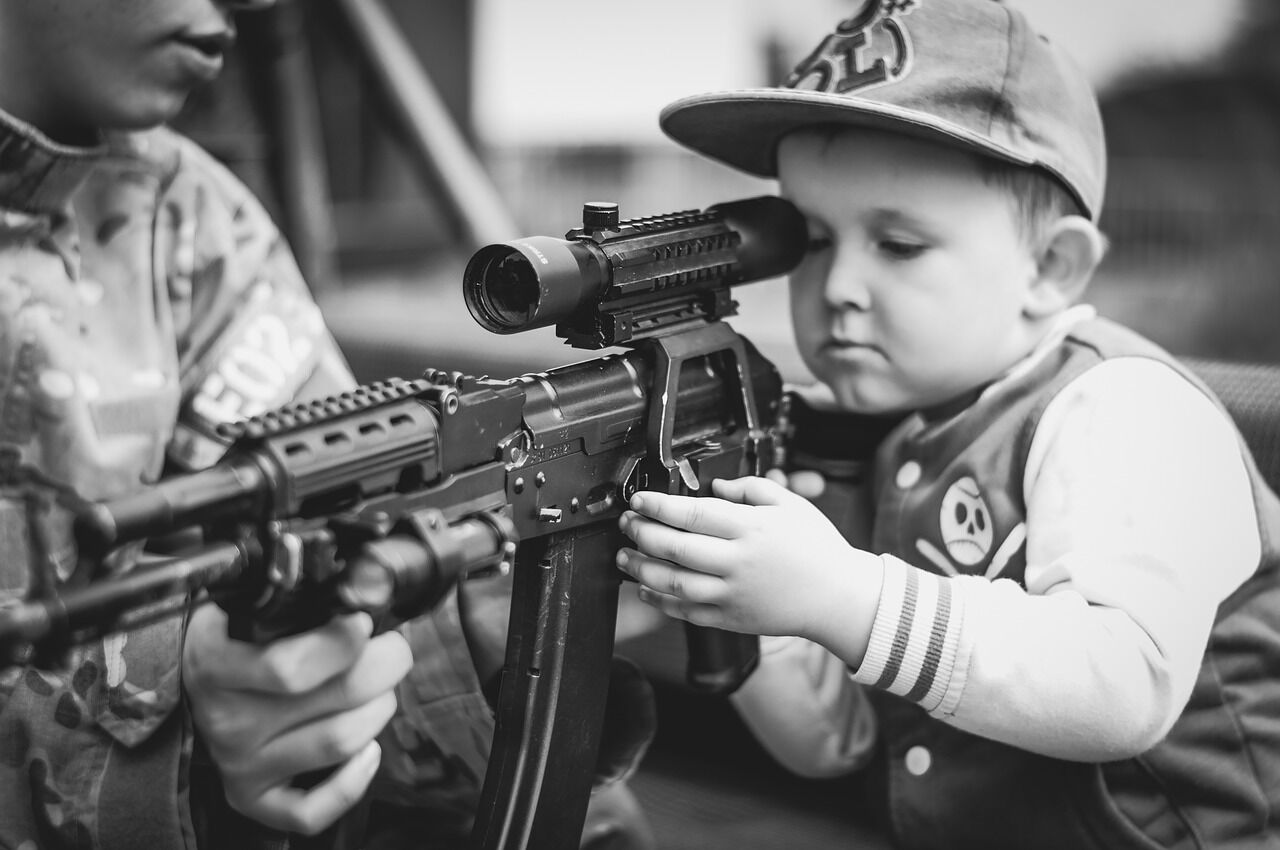Regardless of what your preparedness plan looks like, it undoubtedly includes some form of food storage. Whether you’re planning for a week-long power outage or the worst case scenario, food and water will be at the top of your list of items to store. When it comes time to buying storage food, do you know […]
Category: Information
A Prepper’s Guide to Choosing the Best Work Boots
A Prepper’s Guide to Choosing the Best Work Boots When hard times hit, your old sneakers, chunky high heels, and furry slippers will not be useful to you. Hiking, long distance traveling and making your way through rough terrain will be difficult if you have the wrong footwear. Top quality tactical work shoes help in […]
Should a Prepper Carry a Neck Knife?
Should a Prepper Carry a Neck Knife? That is a good question. In the guest post below the author will discuss some pros and cons. For myself, as the owner of this site I wanted to add my thoughts as I carried a neck knife everyday for 15 years – even in places that did […]
Superfood: 30 Great Food Items That Make You Healthy
We all know that when a person suffers from bad health, he can’t enjoy the pleasure of everything. In order to achieve the optimum health, nutrition experts and health practitioners suggest loading up on superfoods. Believe me, no single food can improve or upkeep someone’s health. It is a combination of several foods definitely about […]
2 Emergency Procedures Your Child Should Know
Most kids are smarter than they look even at a tender age. They can take simple instructions, detect and respond positively to emergency situations. You need to teach them the right emergency steps to take. They should know when and how to respond if someone is in danger or when they find themselves in trouble. […]





